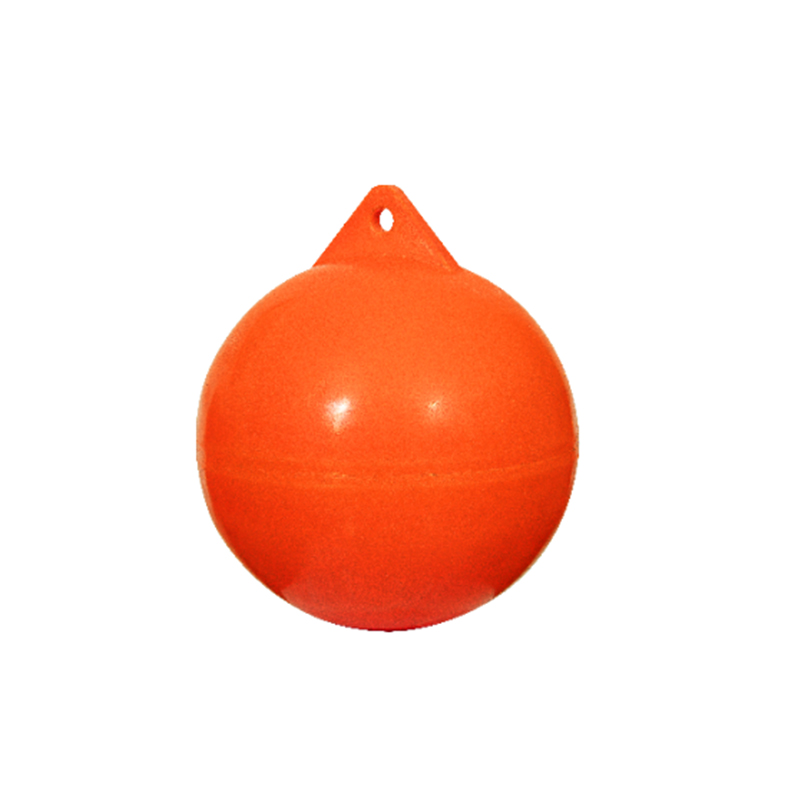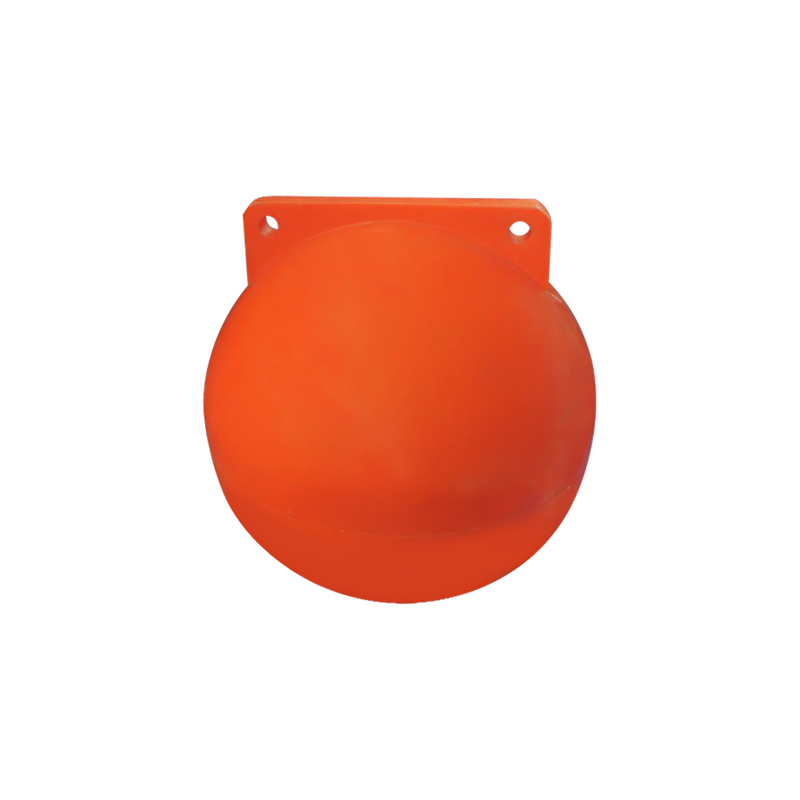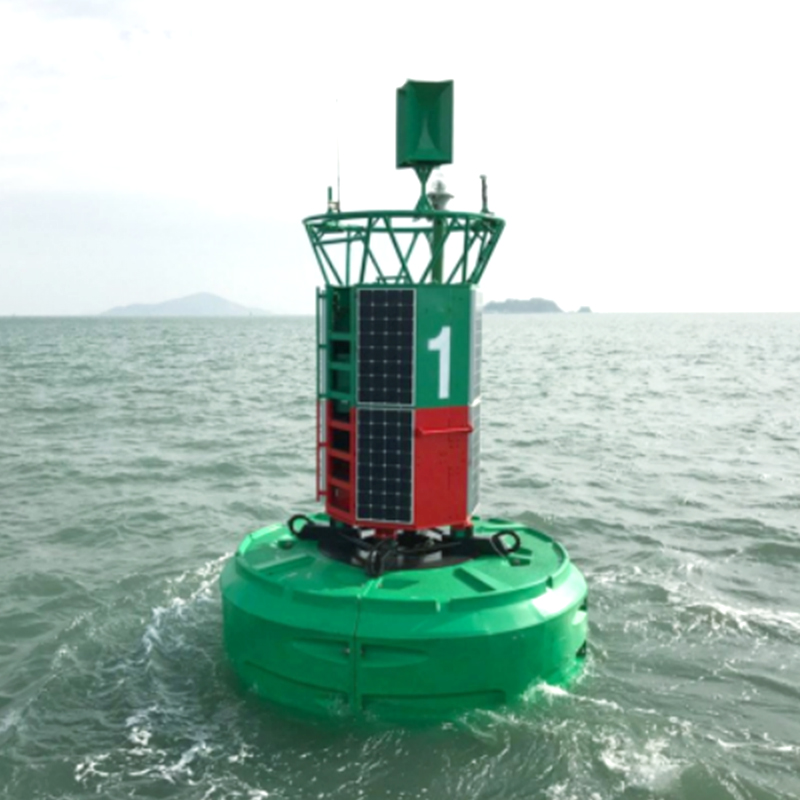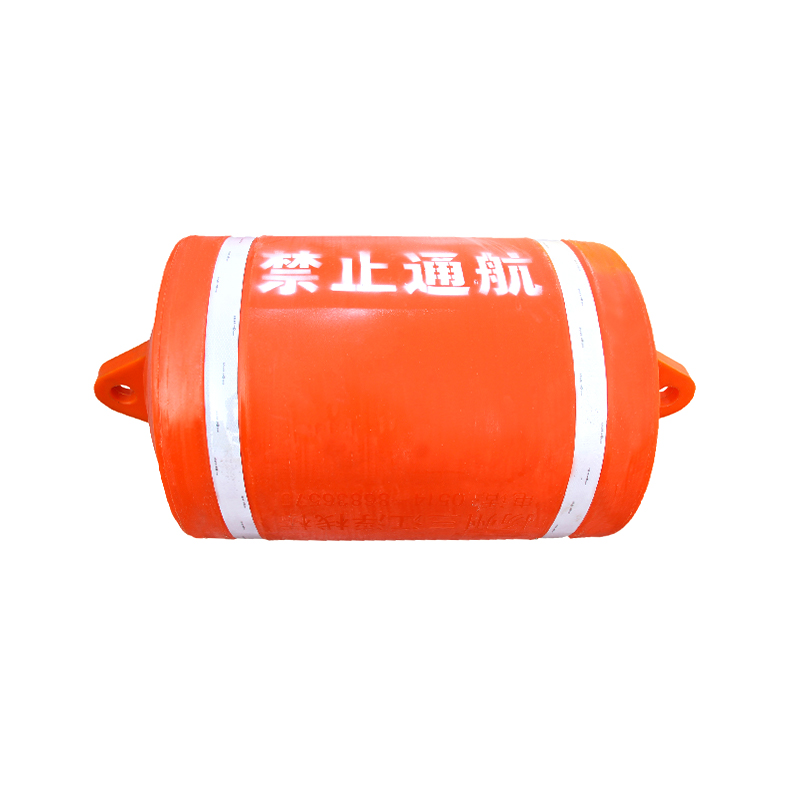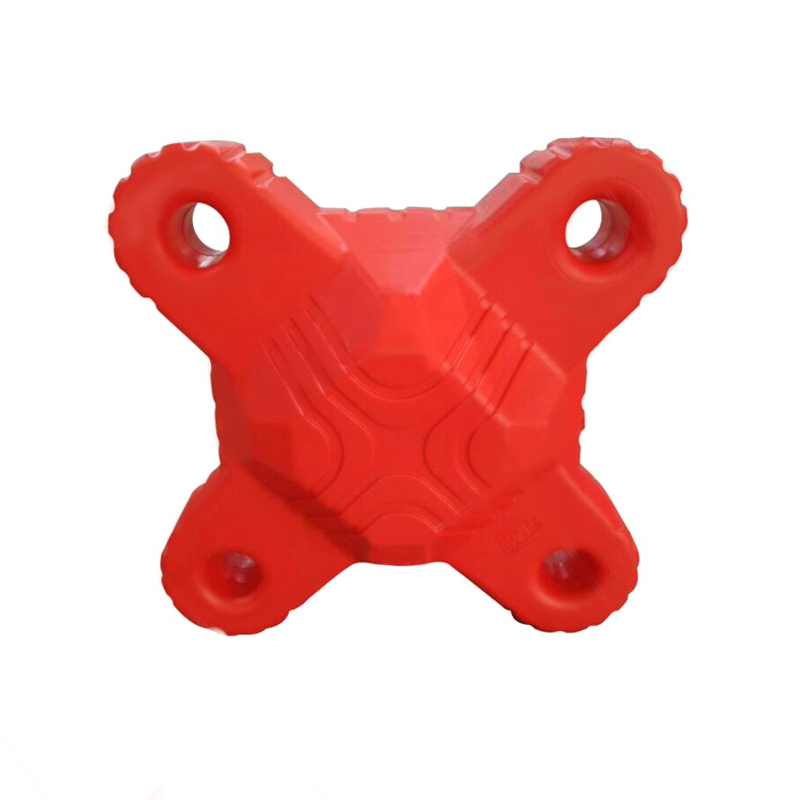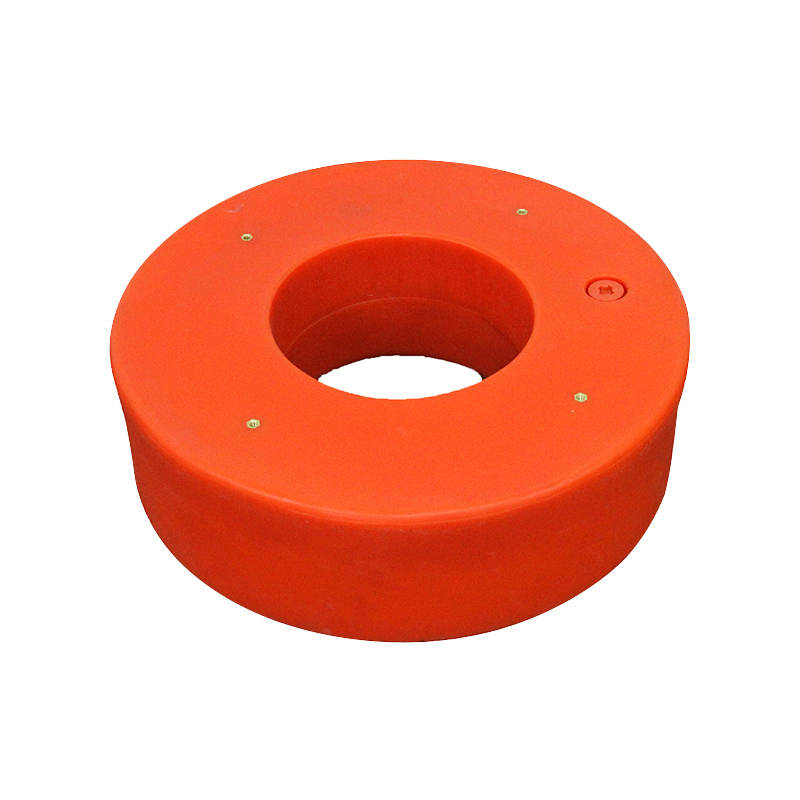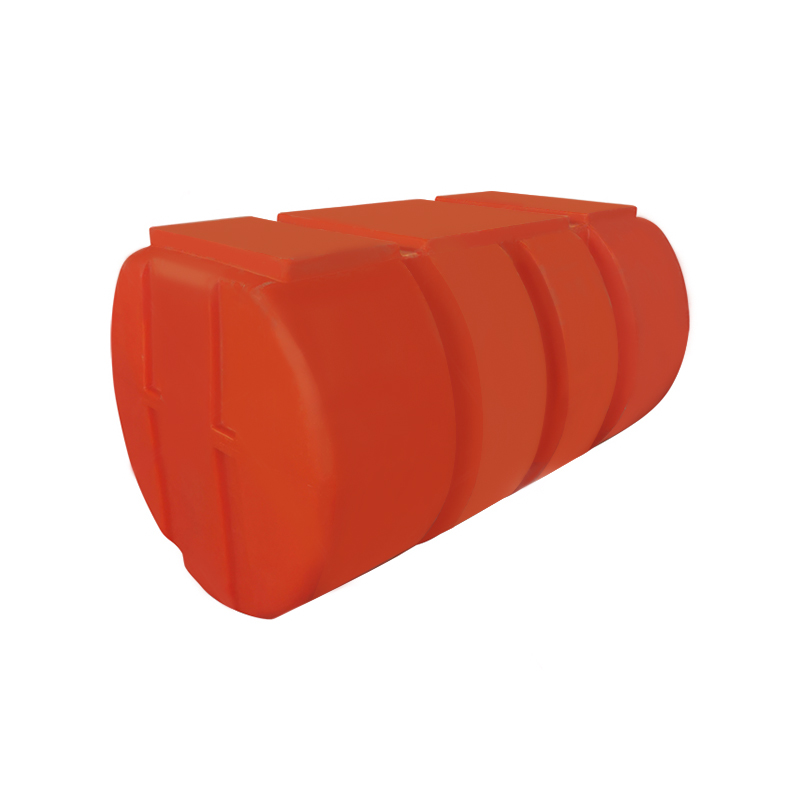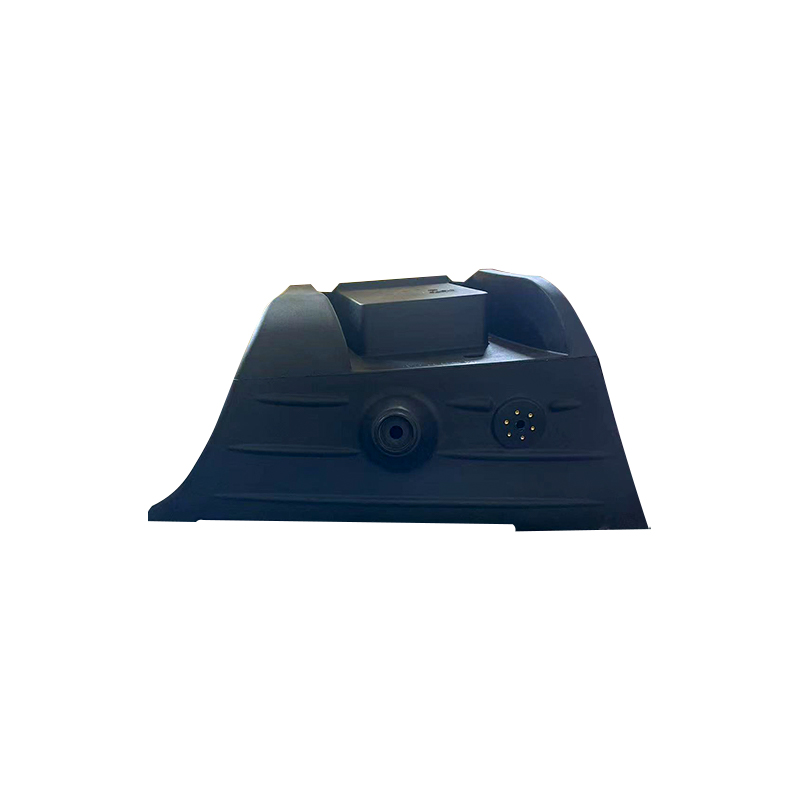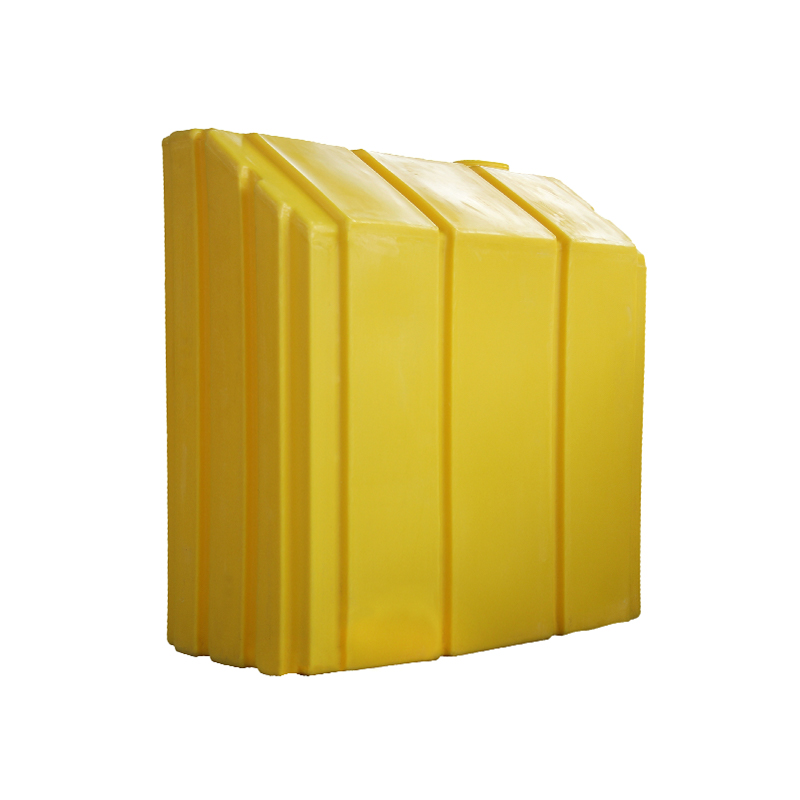How Aquaculture Barrels Improve Water Quality and Productivity in Aquaculture
- Floating Barrels Enhance Water Circulation
Water flow is a key factor in aquaculture environments, affecting water quality, oxygen supply and fish health. Using floating aquaculture barrels can greatly improve water flow. Properly arranged floating barrels in fish ponds or aquaculture cages can help promote water flow and ensure that the water is evenly circulated. Specific benefits include:
Preventing the formation of dead water areas: When water flow is not smooth, waste and harmful substances in the water tend to accumulate. The design of floating barrels helps the water body to keep moving, avoiding dead water areas in the water area, thereby reducing the risk of pollution.
Equalizing oxygen and nutrient distribution: Aquaculture barrels help ensure that oxygen and nutrients in the water are evenly distributed, avoiding local oxygen deficiency, which causes fish hypoxia. This is essential for keeping fish healthy.
Maintaining uniform temperature: Water circulation also helps to even out water temperature, preventing local areas of temperature being too high or too low, thereby reducing the stress of fish under fluctuating water temperatures.
- Reducing the Accumulation of Waste
Waste accumulation is a common problem in aquaculture systems. Excessive waste not only pollutes water quality, but also affects the growth and health of fish. Aquaculture barrels help reduce waste accumulation and keep water clean and stable in a variety of ways. Here is a detailed analysis of how aquaculture barrels play a role in waste management:
Reducing Waste Deposition
Aquaculture barrels prevent waste and fish excrement from accumulating on the surface or bottom of the water through floating action. They keep the water flowing, thereby reducing the possibility of waste deposition.
Effect: Keep the water surface and bottom clean, reducing fish exposure to harmful waste.
Result: Reduce the accumulation of toxic substances (such as ammonia nitrogen) in the water, helping to improve water quality.
Optimize Waste Disposal
The enhancement of water flow and the dispersion of waste allow the design of aquaculture barrels to support effective filtration systems. Floating barrels optimize waste treatment efficiency throughout the aquaculture area by promoting water flow, helping waste to be filtered and cleaned more quickly.
Effect: Water flow promotes the distribution of waste and suspended solids, allowing the filtration system to capture and remove pollutants in a timely manner.
Result: Improves the effectiveness of the filtration system and reduces the concentration of pollutants.
Reduces pathogen breeding
The accumulation of waste is a breeding ground for pathogens. Aquaculture barrels reduce the concentration of pathogens in the water by reducing the retention of waste in the water, thereby reducing the risk of disease transmission in aquaculture.
Effect: Waste is not easy to accumulate on the water surface, and pathogens are not easy to breed.
Result: Reduces the probability of fish infection and ensures the health of aquaculture.
Improves oxygen levels
Accumulated waste (such as organic matter) consumes oxygen in the water, which can lead to insufficient oxygen and affect the health of fish. Aquaculture barrels help maintain oxygen balance in the water and reduce oxygen consumption by improving water flow and promoting waste removal.
Effect: By reducing waste accumulation, the consumption of oxygen by waste decomposition is reduced.
Result: The oxygen level in the water is more stable, which helps the healthy growth of fish.
|
Function |
Specific Performance |
Effects and Results |
|
Reducing Waste Accumulation |
Water flow keeps waste from accumulating on the surface or bottom |
Improves water quality, reduces accumulation of harmful substances like ammonia |
|
Optimizing Waste Treatment |
Promotes water flow to disperse waste, aiding filtration systems in removing pollutants |
Improves filtration efficiency, reduces pollutant concentration |
|
Reducing Pathogen Growth |
Reduces waste accumulation, lowering conditions favorable for pathogen growth |
Decreases risk of disease spread, ensures healthy farming environment |
|
Improving Oxygen Levels |
Reduces oxygen consumption from waste decomposition |
Increases oxygen levels in the water, improving fish health |
- Improved Oxygen Distribution
Oxygen is a very important factor in aquaculture systems. Oxygen in the water directly affects the growth, immunity and overall health of fish. Aquaculture barrels optimize oxygen distribution to ensure that each fish group has sufficient oxygen, which is mainly reflected in the following points:
Enhance oxygen circulation in the water: By arranging aquaculture barrels in the breeding area, the circulation of water can be increased, and the floating effect of the barrels can promote the exchange of oxygen between the upper and lower layers of the water body. In this way, the entire water body can maintain a stable oxygen concentration.
Increase fish growth rate: Adequate oxygen levels can promote the metabolism of fish, ensuring that they can grow and reproduce efficiently. This not only improves production efficiency, but also helps farmers shorten the breeding cycle.
Reduce fish stress: When there is not enough oxygen in the water, fish will feel stressed, which is prone to disease, slow growth and even death. Aquaculture barrels help fish stay energetic and healthy by enhancing the oxygen content in the water body.
Using aquaculture barrels, farmers can maintain a high oxygen environment in the water body, which helps to improve the survival rate and growth rate of fish.
- Preventing Algal Blooms
Excessive algae growth (algae blooms) is a major challenge faced by many aquaculture systems. Algae not only consumes oxygen in the water, but also produces harmful substances that affect water quality. Aquaculture buckets effectively prevent algae blooms by increasing water flow and preventing water stagnation. Specifically, they can:
Control the water temperature and nutrient balance in the culture area: Algae reproduction is often closely related to increased water temperature and excess nutrients. Aquaculture buckets inhibit the rapid growth of algae by promoting water flow and preventing the accumulation of temperature and nutrients in certain areas.
Increase water flow speed: Aquaculture buckets can help water flow at a certain speed, which can effectively prevent nutrient-rich areas in the water from becoming a hotbed for algae growth. Reduce algae growth to keep water clean.
Reduce dead water areas: When algae reproduce in large quantities, "dead zones" are often formed, which are areas with severe oxygen deficiency and pollution. Aquaculture buckets help prevent this from happening by enhancing water flow, ensuring the health of water quality throughout the culture system.
Using aquaculture barrels can help control the growth of algae and keep the aquaculture water clean and well-oxygenated.
- Maximizing Farm Space
In aquaculture, maximizing the use of space directly affects the efficiency and economic benefits of aquaculture. Aquaculture barrels not only help improve water quality, but also help optimize the layout of aquaculture space, specifically:
Optimizing the design of aquaculture cages: Aquaculture barrels can be used as support structures for cages, making more reasonable use of space for fish. The barrels can float to adjust the height of the water surface and reduce unnecessary free space.
Increasing the density of aquaculture: Good water flow and waste management can support higher stocking densities, thereby increasing the output per unit of space. This is crucial to improving the overall output value of the farm.
Increasing the efficiency of space use: Using floating barrel support facilities, the aquaculture area can be reasonably allocated, reducing water waste, and making the water quality in the aquaculture area more uniform and stable.
By using aquaculture barrels properly, farmers can better plan space and improve the production efficiency of each aquaculture unit.
- Enhanced Productivity and Yield
Ultimately, all these water quality improvement measures will lead to significant productivity improvements. The use of aquaculture barrels can effectively increase the output of the entire farming system, as shown by:
Higher fish growth rate: With improved water flow and oxygen, the growth rate of fish is significantly accelerated, and the time to reach market specifications is shortened. This not only improves farming efficiency, but also reduces the farming cycle.
Lower mortality rate: Optimizing water quality prevents fish from dying due to lack of oxygen or excessive pollution, so farmers can reduce losses caused by fish deaths.
Higher feed conversion rate: In an environment with good water quality, fish have a higher feed conversion efficiency, which means that each unit of feed can support more growth and reduce farming costs.
The use of aquaculture barrels can greatly improve the overall productivity and economic benefits of aquaculture.
- Durability and Long-Term Cost Efficiency
The durability and economic benefits of aquaculture barrels are also its advantages that cannot be ignored. In particular, the use of high-quality plastic materials (such as rotational molded plastics) has the following advantages:
UV and chemical corrosion resistance: High-quality aquaculture barrels can resist UV radiation, salt water corrosion and chemical erosion, ensuring that they can be used continuously in harsh farming environments.
Reduce maintenance costs: Compared with traditional breeding facilities, aquaculture barrels have lower maintenance requirements and longer lifespans, and long-term use can effectively reduce operating costs.
Improve return on investment: Although the initial investment of aquaculture barrels is higher, due to their durability and long-term savings in maintenance costs, they can ultimately bring a higher return on investment.


 English
English عربى
عربى



